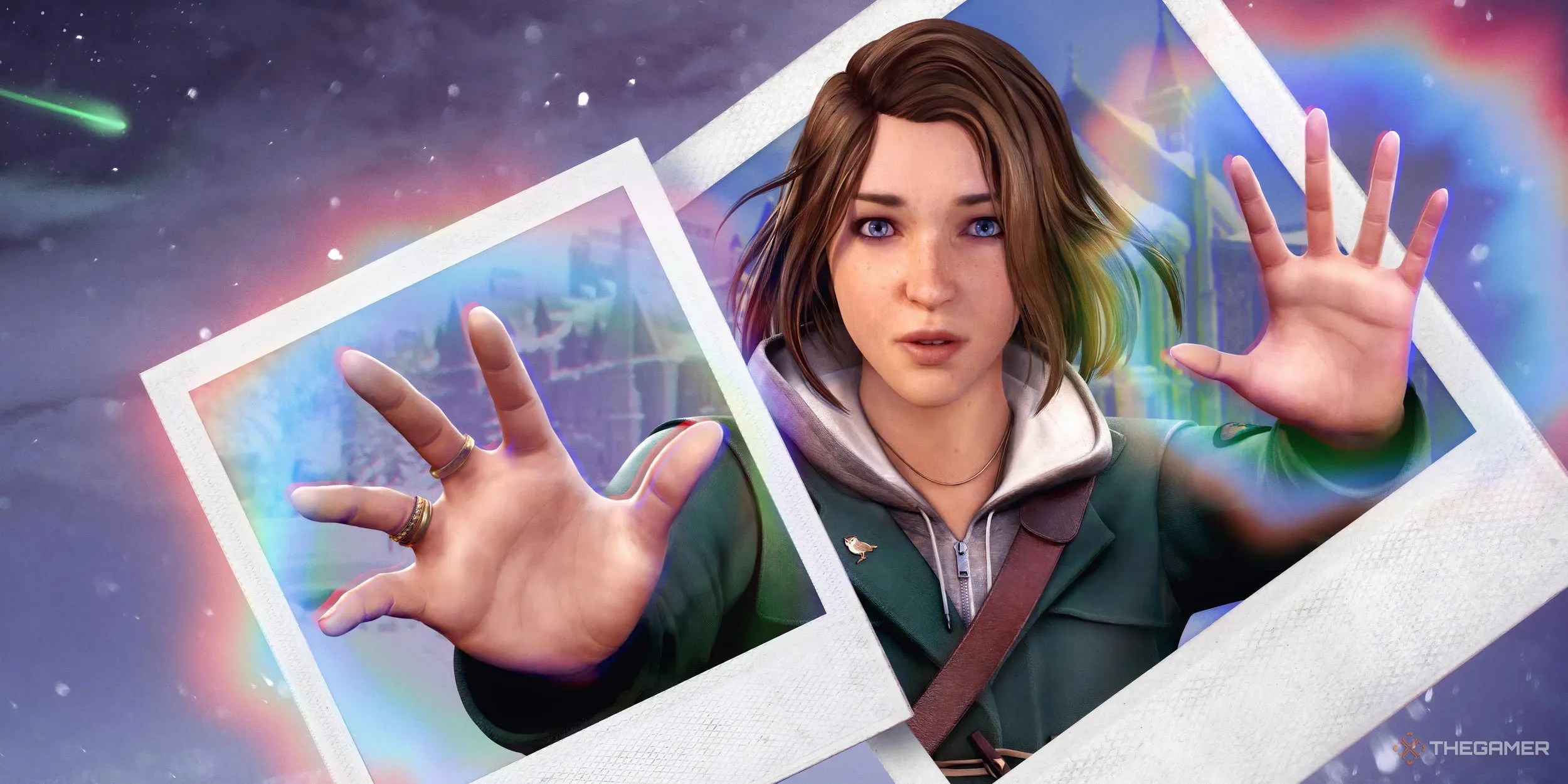The fifth gamefeatures returning protagonist Max Caulfield, now about a decade older, who shifts between two realities in the hopes of solving her friend Safi’s murder. An artist-in-residence at a university in New England, Max spends time on-campus joking with the TAs, befriending the school’s dean (who happens to be Safi’s mother), and notedly, not using her powers since the events of the first game. Our Editor-in-Chief Stacey Henleywrote about what it was like to step back into Max’s shoes after so long, but before I got down to exploring the campus, I first had to get to know who I was going to be exploring it with.
Game Director Jonathan Strauder and Narrative Director Felice Quan mentioned that the game would feature small (but not always subtle) changes to the texts on Max’s phone or posts online due to the massive changes between realities. Max discovers her shifting powers as she tries to solve Safi’s murder, with her friend dead in one reality but still alive and in danger in the other.

As such, I found myself most drawn to messages both from and about Safi as I clicked through Max’s phone as soon as I sat down for the demo. She was (or is, depending on the reality) a poet who loves art, sarcasm, and pushing boundaries. I got to see what she was posting on social media before she passed away, learn about her pending book deal and how excited she was to see an upcoming meteor shower. She left quippy comments on her friends’ posts, it seemed she had a somewhat tenuous relationship with her mom, and in only a few moments, I felt like IknewSafiya Llewelyn-Fayyad – as much as you can get to know someone from the internet, anyway.
Seeing her as she was in the ‘living’ timeline made it that much more impactful to switch realities and check Max’s phone again in the ‘dead’ timeline. The sudden cutoff of Safi’s posts and texts while everyone else continues marching on, the deluge of memorials and sad tweets, and so many subtle differences in conversations felt worth digging into. The texts were even worse, my inbox rife with friends blaming themselves, people failing to cope with their immense grief, desperate folks who just lost someone they love praying for answers.

That’s not even touching on the references to the first game, either. You have a choice early on in Double Exposure that brings your decision at the end of the first title into the new one, and in the demo, Max had saved Bay instead of Bae. As such, I gota text message from Joycearound Christmas, timidly asking if I remember her before sending a photo to me before sharing on social media about getting some catsnow that she was alone. Also online, Max was following high school mean girl Victoria Chase, who was posting teaser shots from high-profile modeling jobs she’d taken recently.
I had my nose buried so deep in Max’s phone that I was the last of four journalists to finish the demo. Strauder and Quan noticed when I sat down to chat with them after, with both of them seeming excited to have seen someone dive so thoroughly into Max’s world. Strauder said in our interview that this was all purposeful, that they knew they had “a finite amount of time to get you to absolutely want to spend time with [Safi] before we rip her away,” so having her life on Max’s phone helps establish who she is.

If the characters in the first Life is Strange left their mark on you, then it’s worth picking up Double Exposure when it launches on October 29. Max is a few years older and more mature now as she comes back to the series, but so are you and I as we join her again. The new game’s story might be just as grim as the first‘s, but its tiny details are just as vibrant and meaningful as ever.